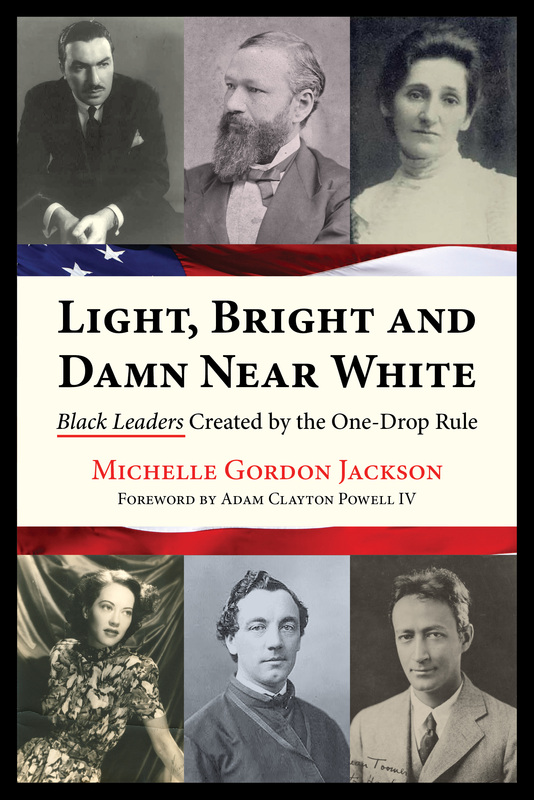Viola Desmond: Her Life and TimesPosted in Biography, Books, Canada, History, Media Archive, Monographs, Women on 2019-08-06 20:38Z by Steven |
Viola Desmond: Her Life and Times
Roseway Publishing (an imprint of Fernwood Publishing)
October 2018
128 pages
Paperback ISBN: 9781773631233
Kindle ISBN: 9781773631257
ePub ISBN: 9781773631240
Graham Reynolds, Professor Emeritus and the Viola Desmond Chair in Social Justice
Cape Breton University, Sydney, Nova Scotia, Canada
with Wanda Robson
Teacher’s Guide for Viola Desmond: Her Life and Times
Many Canadians know that Viola Desmond is the first Black, non-royal woman to be featured on Canadian currency. But fewer know the details of Viola Desmond’s life and legacy. In 1946, Desmond was arrested for refusing to give up her seat in a whites-only section of a movie theatre in New Glasgow, Nova Scotia. Her singular act of courage was a catalyst in the struggle for racial equality that eventually ended segregation in Nova Scotia.
Authors Graham Reynolds and Wanda Robson (Viola’s sister) look beyond the theatre incident and provide new insights into her life. They detail not only her act of courage in resisting the practice of racial segregation in Canada, but also her extraordinary achievement as a pioneer African Canadian businesswoman. In spite of the widespread racial barriers that existed in Canada during most of the twentieth century, Viola Desmond became the pre-eminent Black beauty culturist in Canada, establishing the first Black beauty studio in Halifax and the Desmond School of Beauty Culture. She also created her own line of beauty products.
Accessible, concise and timely, this book tells the incredible, important story of Viola Desmond, considered by many to be Canada’s Rosa Parks.









